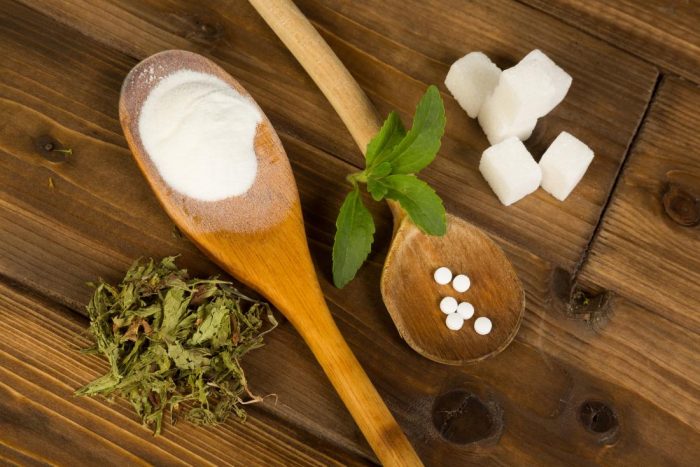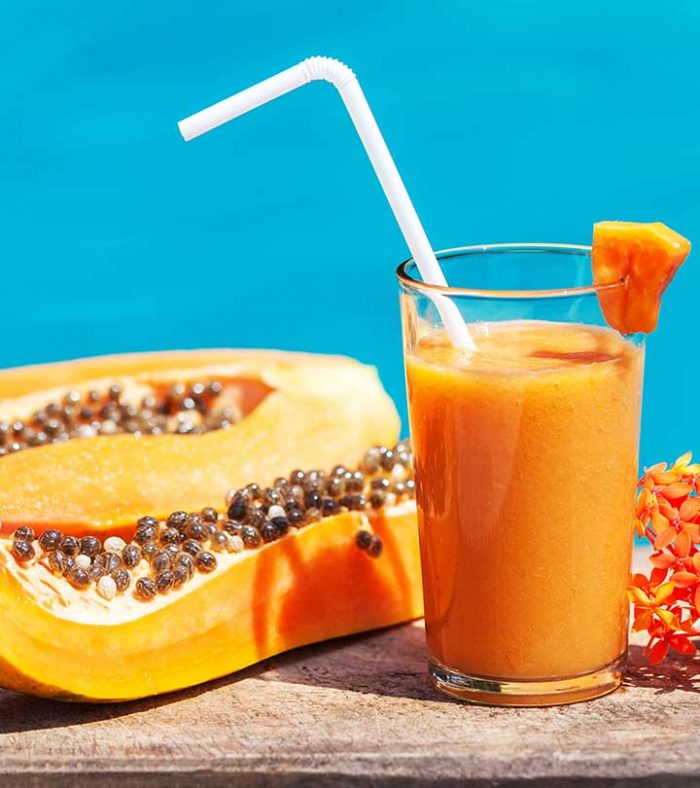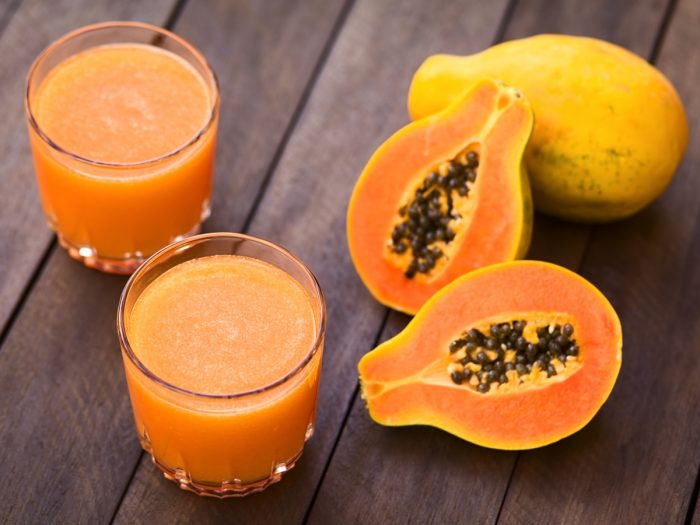The majority of people can donate blood. However, those who use nicotine products, cannabis products, or both may wonder whether or not they can donate blood.
Hospitals and health clinics use donated blood to treat various medical conditions. According to the World Health Organization (WHO), the number of blood donations collected around the world per year exceeds 117.4 millionTrusted Source.
Blood donations can help with:
- serious injuries
- surgery
- anemia
- cancer
- chronic illnesses
Read on to learn more about how different ways of using cigarettes, cannabis, and other drugs can affect a person’s ability to donate blood.
Nicotine
If a person smokes cigarettes or vapes, it does not disqualify them from donating blood.
However, both tobacco cigarettes and electronic cigarettes (e-cigarettes) contain harmful chemicals that may affect a person’s blood.
The American Lung Association claim that a burning cigarette produces more than 7,000 chemicals, including carbon monoxide, ammonia, and arsenic. Several of these chemicals are toxic, and 69 of them can cause cancer.
In addition to nicotine, e-cigarettes may contain the following harmful substances:
- propylene glycol, which is present in paint solvents, antifreeze, and some foods (as an additive)
- acetaldehyde, which is a toxic product of ethanol alcohol
- formaldehyde, which is a chemical preservative present in disinfectants, glue, and plywood
- diacetyl, which is a flavoring agent that tastes like butter
- heavy metals, including nickel and lead
- benzene, which is a chemical compound present in car exhaust
Currently, minimal information exists regarding the exact effects of vaping on blood donations. One thing to keep in mind is the fact that both vaping and smoking cigarettes can increase blood pressure.
According to American Red Cross guidelines, people can donate blood as long as their blood pressure is between 90/50 millimeters of mercury (mm Hg) and 80/100 mm Hg.
In one 2018 studyTrusted Source, researchers compared blood donations from people who smoke with donations from people who do not smoke. They concluded that smoking cigarettes does not affect the overall quality of the donated blood.
However, the researchers did note that the donations from the people who smoke had higher concentrations of carboxyhemoglobin (COHb) in the red blood cells. COHb forms when red blood cells come into contact with carbon monoxide, significantly reducing the amount of oxygen that red blood cells can carry.
Based on these findings, the researchers recommend that people avoid smoking for 12 hoursTrusted Source before donating blood.
Cannabis
Like smoking cigarettes and vaping, smoking cannabis does not disqualify a person from donating blood.
Current scientific researchTrusted Source suggests that cannabis use can negatively impact the cardiovascular system by:
- increasing blood pressure and heart rate
- narrowing the blood vessels
- causing inflammation in the vessel walls
- promoting blood clots
However, these potential adverse health effects should not impact the quality of any donated blood.
That being said, Vitalant — a nonprofit blood service provider — explain that people must not be under the influence of recreational drugs or alcohol at the time of donation.
Other drugs
According to the American Red Cross, people with a history of recreational intravenous drug use are not eligible to donate blood. This requirement helps prevent the spread of HIV and hepatitis.
It is important to note that this is not the case for people who have used drugs in other ways, such as by smoking them or taking them orally. The American Red Cross and other blood donation companies do not specify drug use as an excluding factor.
However, a person does need to make sure that substances such as nicotine and cannabis are not in their system when donating blood.
Excluding factors
To donate blood, the general requirement is that a person should be at least 17 years old. A person can be 16 years old, but they must have a legal guardian’s consent.
Other factors that may disqualify a person from giving blood include:
- feeling sick or having cold or flu symptoms
- using intravenous drugs not prescribed by a licensed doctor
- having an active infection
- having HIV or testing positive for hepatitis B or C
- having uncontrolled diabetes
- having a blood clotting disorder
- having ever had the Ebola virus
- having blood cancers, such as leukemia or lymphoma
- having received a blood transfusion within the past 12 months
- having a heart rate below 50 beats per minute (BPM) or above 100 BPM
- having recently traveled to a foreign country
- being pregnant, or having given birth within the past 6 weeks
Read more about the advantages and disadvantages of donating blood here.
Summary
Although smoking cigarettes, vaping, and using cannabis will not disqualify a person from donating blood, they should refrain from smoking for at least 2 hoursTrusted Source before and after donating blood.
A person may feel lightheaded or weak after giving blood, and smoking can exacerbate these symptoms. It is a good idea to avoid smoking until these symptoms go away.











